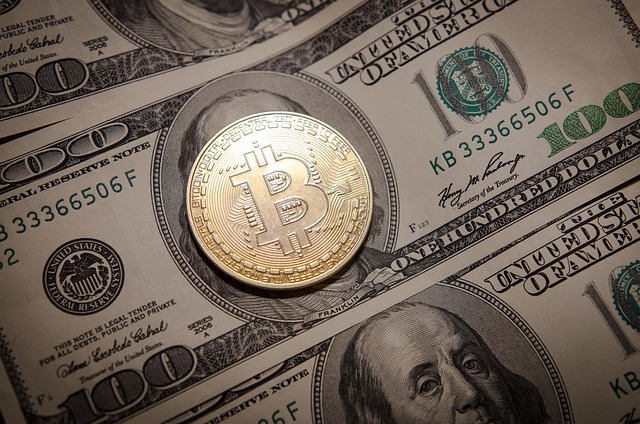Storing purchased cryptocurrencies can be a daunting task, especially with the increasing popularity of digital currencies. However, with the right knowledge and precautions, you can ensure your investments are safe and secure. In this article, we will explore various security tips for storing purchased cryptocurrencies, including hardware wallets, software solutions, and best practices for managing your coins.
Before we dive into the details, it’s essential to understand the importance of security when it comes to cryptocurrency storage. With the rise of hacking and cyber attacks, even a single vulnerability can result in significant losses. Therefore, it’s crucial to take the necessary steps to protect your investments.
The Risks of Poor Storage
Poor storage can lead to various issues, including theft, loss, or damage to your cryptocurrencies. Here are some common risks associated with inadequate storage:
- Theft: Hackers may target your wallet or exchange account, resulting in the loss of your cryptocurrencies.
- Loss: You may forget your password or lose access to your wallet, leading to irretrievable losses.
- Damage: Physical damage to your hardware wallet or computer can result in permanent data loss.
Hardware Wallets for Secure Storage
Hardware wallets are designed specifically for secure cryptocurrency storage. They use physical devices to store and manage your coins, providing an additional layer of security against hacking and cyber attacks.
Some popular hardware wallet options include:
- Ledger Nano X
- Trezor Model T
- KeepKey
To use a hardware wallet, follow these steps:
- Create a seed phrase: Write down your seed phrase and store it in a safe location.
- Set up the wallet: Follow the manufacturer’s instructions to set up your hardware wallet.
- Import coins: Add your cryptocurrencies to the wallet using the manufacturer’s software.
Software Solutions for Secure Storage
Software solutions, such as desktop wallets and mobile apps, can also provide secure storage options for your cryptocurrencies. These solutions often use advanced encryption methods and multi-signature wallets to protect your coins.
Some popular software solution options include:
- Electrum
- MyEtherWallet
- MetaMask
To use a software solution, follow these steps:
- Install the wallet: Download and install the software wallet on your computer or mobile device.
- Set up the wallet: Follow the manufacturer’s instructions to set up your software wallet.
- Import coins: Add your cryptocurrencies to the wallet using the manufacturer’s software.
Best Practices for Managing Your Coins
In addition to using secure storage solutions, there are several best practices you can follow to manage your cryptocurrencies effectively:
- Diversify your portfolio: Spread your investments across multiple coins and exchanges to minimize risk.
- Use cold storage: Consider storing a portion of your coins in cold storage to reduce the risk of hacking and cyber attacks.
- Monitor your accounts: Regularly check your account balances and transaction history to detect any suspicious activity.
The Pros and Cons of Investing in Altcoins
Investing in altcoins can be a high-risk, high-reward strategy. While some altcoins have the potential for significant returns, they are often less liquid than established cryptocurrencies like Bitcoin or Ethereum. To make an informed decision, consider the following pros and cons:
Learn more about investing in altcoins
Additional Security Measures
In addition to using secure storage solutions and following best practices, there are several other security measures you can take to protect your cryptocurrencies:
- Use two-factor authentication: Enable two-factor authentication on your exchange account and wallet software.
- Keep your software up-to-date: Regularly update your wallet software and operating system to patch any vulnerabilities.
- Use a VPN: Consider using a virtual private network (VPN) when accessing your exchange accounts or wallet software.
Conclusion
Storing purchased cryptocurrencies requires attention to security, diversification, and regular monitoring. By following the tips and best practices outlined in this article, you can minimize risks and maximize returns on your investments. Always remember that cryptocurrency investing is a high-risk, high-reward game – never invest more than you can afford to lose.
Learn more about technical analysis for cryptocurrency investment



